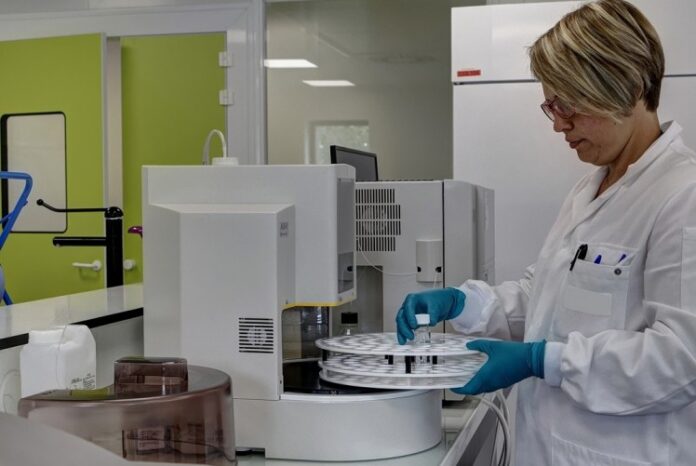Today biotherapeutics and large-molecule drugs are used to treat several diseases. However, these biopharmaceuticals can induce unwanted immune reactions leading to adverse side effects. Reliable bioanalytical laboratories such as NorthEast Biolabs can evaluate immunogenicity by measuring anti-drug antibodies (ADA). Selecting ADA antibody assays are crucial for assessing the immunogenicity profile of biotherapeutics and large-molecule drugs.
The current article reviews several ADA assays for detecting, measuring, and characterizing anti-drug antibodies. Many of these assays are antigen-binding-based and immunoassays. Moreover, other techniques used in anti-drug antibody assessments are also discussed. However, ADA assay development and ADA validation will always remain crucial for reliable immunogenicity testing.
ADA assays for analyzing antibody drug interactions
Developing highly sensitive, specific, and precise ADA assays is crucial for biotherapeutics and large-molecule drug development. So let us explore some robust ADA assays.
Antigen binding tests
Antigen binding tests are a type of ADA assay where antibodies or antigens are fixed on an assay plate to capture their corresponding target analytes.
Electrochemiluminescence ADA assays
These assays are based on electrochemiluminescence detection complemented with Sulfo-tag labels to generate a light signal corresponding to the analyte of interest.
Radioimmunoassays
This type of ADA assay employs labeled radioactive isotopes to detect the target analyte. However, these assays have concerns related to the handling, labeling, and safety of radioisotopes.
Elisa ADA assays
ELISA assays are a gold standard bioanalytical method. There are several advantages to detecting and measuring anti-drug antibodies, such as low cost, ease of use, and higher sensitivity and throughput. ELISA assays come in direct, indirect, and sandwich formats for ADA detection.
Homogeneity mobility shift ADA assays
This assay combines size exclusion chromatography with ligand binding assay for delivering robust ADA analysis. The chromatography technique separates target compounds, while the ligand binding assay identifies these individually separated study components.
Besides binding assays and immunoassays, other techniques are available for ADA analysis. Let’s explore these robust ADA assays.
Capillary Electrophoresis
This technique separates analytes via a capillary with the help of an applied potential. Capillary electrophoresis is efficient in screening and detecting antibodies against biotherapeutics.
Reporter Gene Assay
This cell-based assay uses a light signal such as bioluminescence to evaluate genes in a specific cell. These assays can be employed to determine the levels of neutralizing antibodies.
Surface Plasmon Resonance Spectroscopy
This optic-based system employs delocalized electrons to examine the rate and extent of biological interactions.
Liquid chromatography-mass spectrometry
Traditional immunoassays have issues related to interferences. These challenges can be overcome easily by liquid chromatography-mass spectrometry-based ADA detection. This technique combines two robust instruments to deliver efficient ADA analysis. Besides, advances in hyphenated techniques such as LC-MS systems have further increased their penetration in small and large bioanalytical laboratories. However, these systems are relatively costly and require skilled professionals for analysis.
Conclusion
Biotherapeutics and large molecule drug products have shown potential in treating numerous diseases and disorders. However, robust ADA assays will remain crucial in assessing unwanted immune reactions and delivering safe biological drug products.








